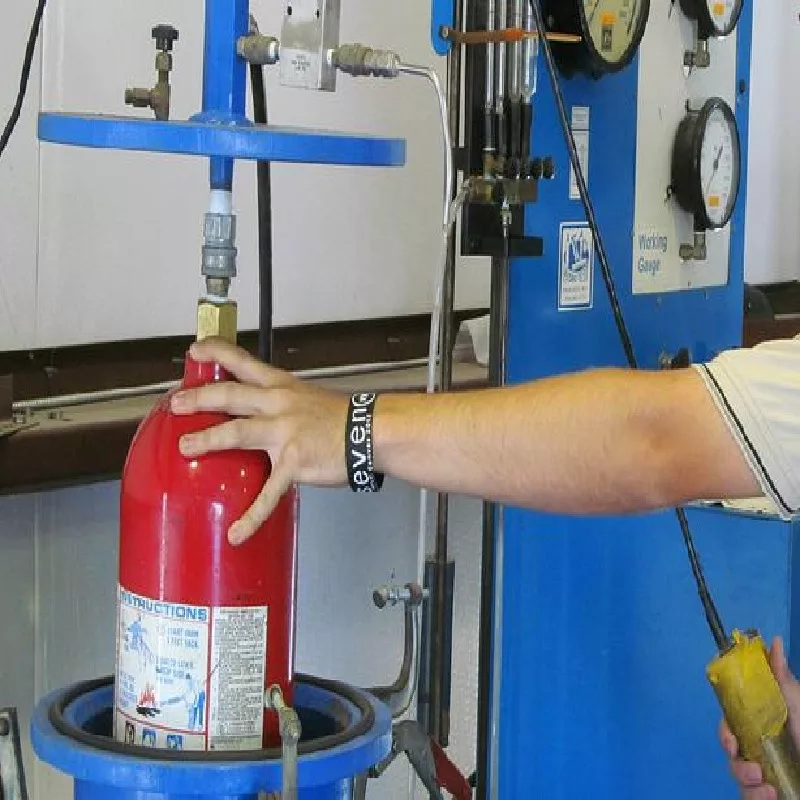Hydrostatic Testing of Fire Extinguishers: What You Need to Know
If you own or operate a business, you understand the importance of fire safety. Fire extinguishers are one of the most common and effective tools for fighting fires. However, in order to ensure that they are working properly and will be effective in an emergency, they must be periodically tested. This is where hydrostatic testing comes in.
What is Hydrostatic Testing?
Hydrostatic testing is the process of testing pressure vessels, such as fire extinguishers, to ensure that they are safe and can withstand the pressures they will be subjected to during use. It involves filling the vessel with water and pressurizing it to a level that is higher than its normal operating pressure. The pressure is then held for a specified period of time, during which the vessel is inspected for leaks, bulges, or other signs of weakness.
Why is Hydrostatic Testing Important?
Hydrostatic testing is important because it ensures that fire extinguishers are safe and reliable in the event of a fire. Over time, the pressure vessels in fire extinguishers can weaken or develop leaks, which can render them ineffective in an emergency. Hydrostatic testing detects these weaknesses and ensures that they are addressed before they become a problem.
In addition to ensuring that fire extinguishers are safe and effective, hydrostatic testing is also required by law. The National Fire Protection Association (NFPA) requires that fire extinguishers be hydrostatically tested at regular intervals. The specific intervals depend on the type of fire extinguisher and the environment in which it is used, but typically range from every 5 to 12 years.
How is Hydrostatic Testing Done?
Hydrostatic testing must be done by a qualified technician who has been trained in the process. The technician will begin by removing the extinguisher’s valve assembly and inspecting it for any damage or wear. The extinguisher is then filled with water and pressurized to a level that is higher than its normal operating pressure. The pressure is held for a specified period of time, during which the technician will inspect the extinguisher for leaks or other signs of weakness.
After the pressure is released, the extinguisher is emptied and dried. The valve assembly is then reinstalled, and the extinguisher is recharged with the appropriate extinguishing agent.
Conclusion
Hydrostatic testing is a critical component of fire safety. It ensures that fire extinguishers are safe and effective, and it is required by law. If you own or operate a business, it is important to have your fire extinguishers hydrostatically tested at the required intervals. This will help ensure that you are in compliance with regulations and that your fire extinguishers are ready to use in the event of a fire.
The post Hydrostatic Testing of Fire Extinguishers: Ensuring Fire Safety for Your Business appeared first on OUSTFIRE SAFETY ENGINEERS PVT. LTD | Fast & Affordable Commercial Fire Alarm Installation, Inspection, Service, and Monitoring in the Greater Houston Area.






